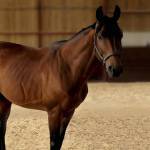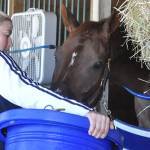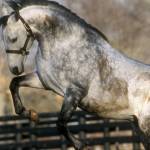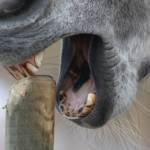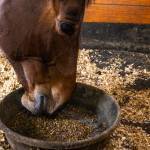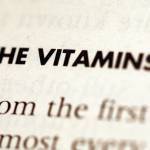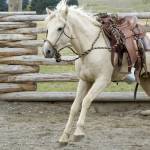Nutrition

January 10, 2002
Feeding the Horse Following Anterior Enteritis
Because high-grain diets seem to be related, though circumstantially, to anterior enteritis, rations should be evaluated carefully.
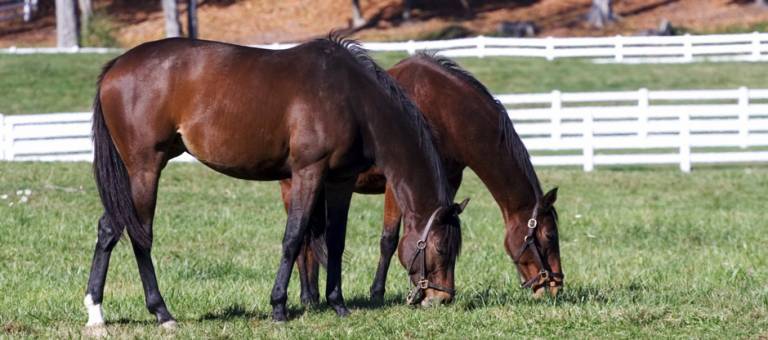
January 10, 2002
Feeding the Mare and Foal after Weaning
Weaning is a stressful time for foals and mares. While mares are often ready to say good-bye to their

January 10, 2002
Recovery from Enteritis Dictates Changes in Feed Management
Enteritis is an inflammation of the small intestine. More specifically, anterior (or proximal) enteritis affects the duodenum and jejunum,
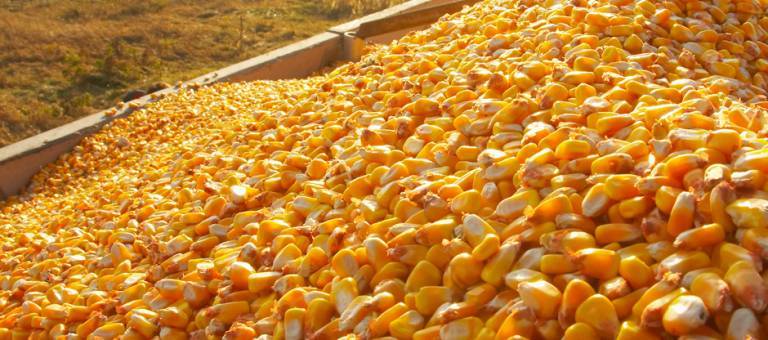
January 10, 2002
Avoid Risks from Fumonisin in Corn
Fumonisin is a toxic substance produced by at least two species of fungus, Fusarium moniliforme and Fusarium proliferatum thatgrow on corn. Unlike some
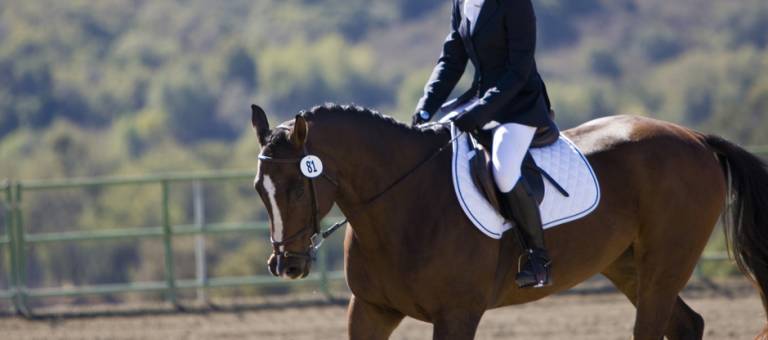
January 10, 2002
Determining Work Intensity
Accurately assessing the level of work performed by a horse is essential in determining the amount and type of
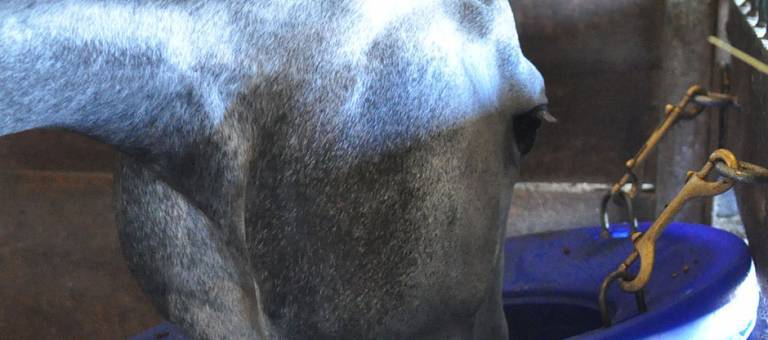
January 10, 2002
Nutrition for Horses with Metabolic Disorders
Proper nutrition is extremely important in managing horses with metabolic disorders. Regulating the amount and type of feed, with
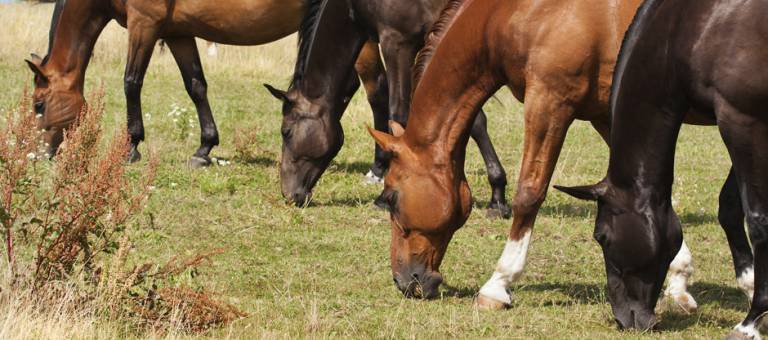
January 10, 2002
Stocking Rate: How Many Horses on This Pasture?
Stocking rate is defined as the number of horses allowed to graze a unit of land for a specific

November 23, 2001
Acidity of Water Affects Palatability for Horses
Horses are sometimes reluctant to drink water when they’re away from home. Owners suspect that the water may taste different enough

November 08, 2001
Feeding Fallacies
The need to jump higher, gallop faster, and trot further has become paramount to equestrians, and research in equine
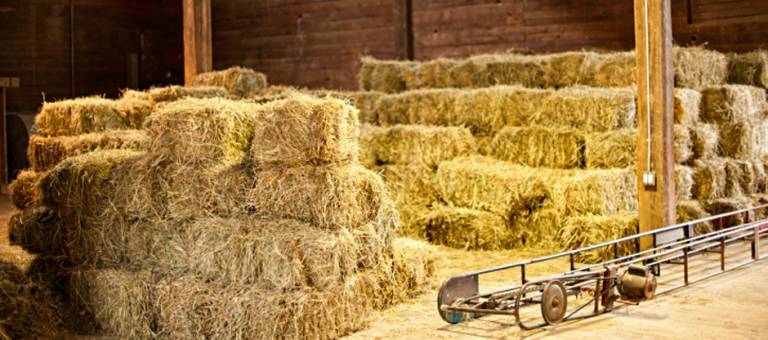
November 05, 2001
Forage Falsehoods
Modern day feeding practices are as much about tradition as they are about science. A few pervasive myths
